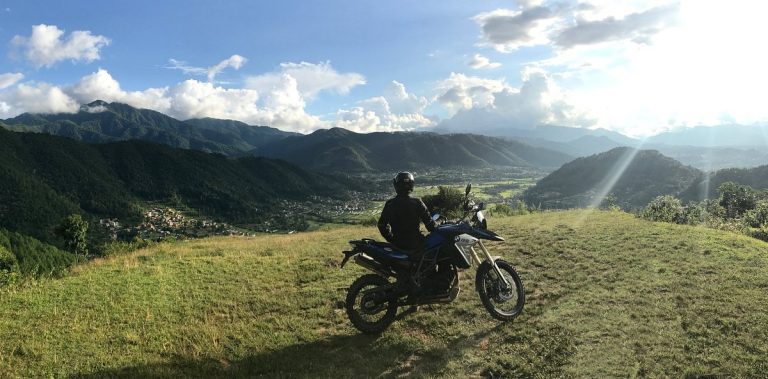Nepal is stepping into a new era of global tourism. At the center of this move is the Himalayan Travel Mart 2025. Held in Kathmandu, this major event has become a key meeting point for travel experts around the world. It is more than just a travel show — it is a signal that Nepal is ready to lead the way in sustainable and culture-based tourism.
This year’s Mart brought together buyers from over 30 countries and sellers from six. For Nepal, this was not only a chance to showcase its beauty but also to share a new idea: travel should bring people closer to nature, culture, and each other.
Khem Lakai, Chairman of the Pacific Asia Travel Association (PATA), Nepal Chapter, calls it a celebration. He says the Mart is not just about business. It is a festival of ideas, people, and the love of travel. During the day, talks and deals take place. In the evening, local music, food, and traditions bring guests together.
Lakai also highlights that Himalayan tourism goes beyond borders. The Himalayas stretch from India through Bhutan to Tibet. He sees the region as one connected zone with shared beauty and challenges. One of those challenges is climate change. Countries must work together to protect this special place.
Nepal has made a strong comeback after the COVID-19 pandemic. Over one million visitors arrived in 2024. But Lakai believes it’s not about numbers anymore. He says Nepal needs travelers who want real, deep experiences. These are tourists who care about culture, nature, and supporting local communities.
To meet these needs, Nepal is building better resorts, wellness retreats, and digital services. New trekking paths and less-crowded destinations are being developed. The goal is to move focus away from only Everest and Annapurna and spread tourism across the country.
Lakai says many beautiful villages and peaks are still unknown to the world. These places offer the same peace and wonder, but without crowds. For visitors, this means a chance to enjoy the mountains in a quiet and meaningful way.
Another focus is on community tourism. Tourists today want to eat local food, stay in local homes, and take part in everyday village life. They want real stories and human connection. Nepal’s rich culture offers all of this in a very honest way.
Wellness travel is also rising. Nepal’s clean air, calm hills, and spiritual roots make it perfect for healing trips. Lakai says hiking in the Himalayas is not just exercise — it’s therapy for the mind and heart.
Still, Nepal faces some problems. Many remote areas don’t have good roads, lodges, or clean toilets. Without these basics, it’s hard to welcome visitors. But Lakai sees this as a chance. He says it’s the best time for investors to help build services in these untouched areas. It will help both tourists and local families.
Digital access is another big issue. Today’s travelers want quick visa processing and easy online bookings. Nepal is improving its visa-on-arrival policy. Lakai wants to see e-visas and simple online steps like in Turkey or Singapore. He shares that he got his Turkish visa within minutes through a smooth online system — something Nepal could learn from.
Lakai’s own travel stories show what truly matters in tourism. He recalls a trip to Bhutan, where he skipped a luxury dinner to eat in a small local café. That meal, shared with locals, became his favorite memory. He says travel is not about luxury hotels — it’s about heart and soul.
He also shares a quote from Dr. Taleb Rifai, former UNWTO Secretary-General: “A country best enjoyed by its own people is the country tourists will love.” Lakai agrees. When locals enjoy their culture, festivals, and food, that joy spreads to visitors.
As Himalayan Travel Mart 2025 wraps up, one thing is clear: Nepal is not just opening its doors. It is setting a new standard for the future of travel. With deep roots, smart planning, and a focus on people and nature, Nepal is ready to welcome the world — the right way.


